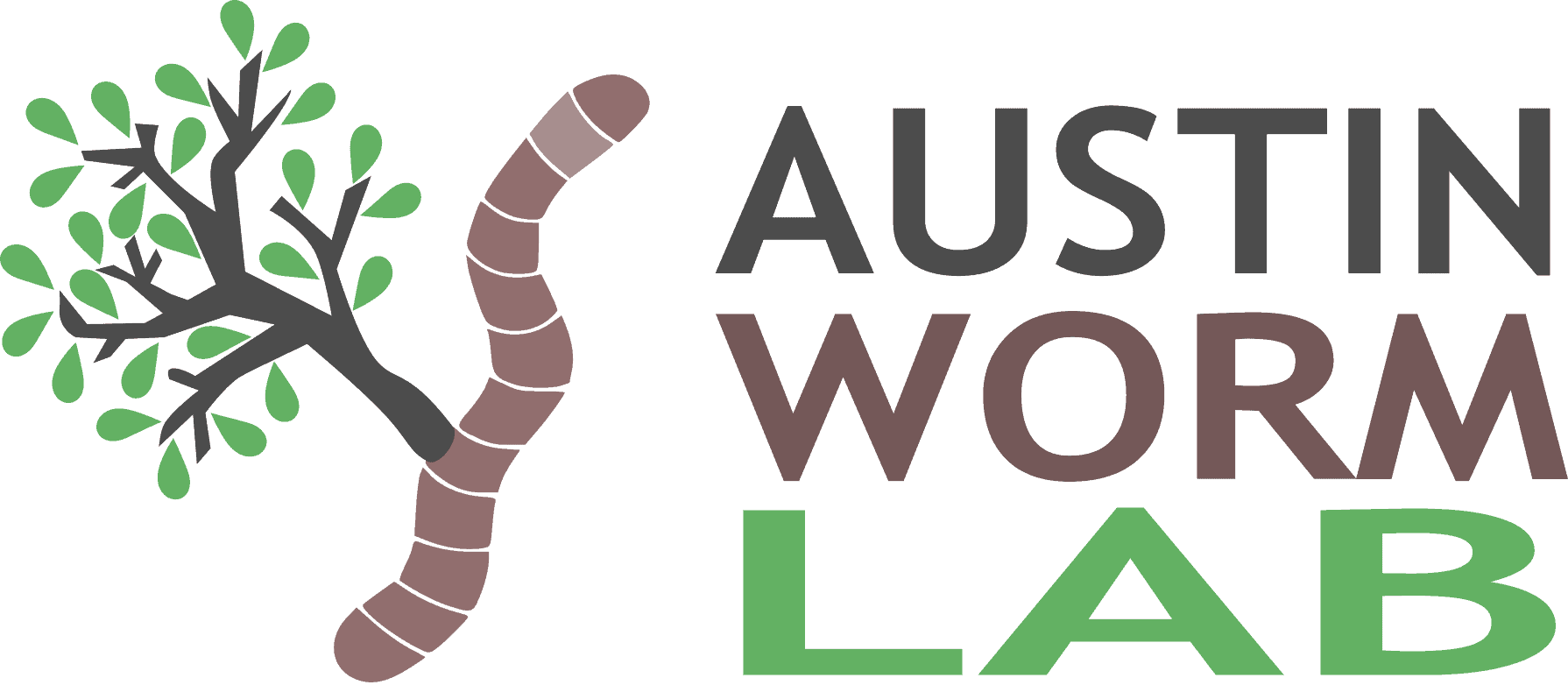If you live in Texas, gardening can be a great way to enjoy the beautiful weather and add some color and life to your outdoor spaces. However, gardening in Texas can also present some unique challenges due to the hot, dry climate and occasional extreme weather events. Organic gardening is a method of gardening that emphasizes the use of natural, non-toxic methods to cultivate healthy, thriving plants. In this blog post, we'll cover some tips and tricks to help you successfully garden in Texas.
Choose the Right Plants
One of the keys to successful gardening in Texas is choosing the right plants for the climate. Look for native Texas plants that are well-suited to the local climate, as they will require less water and maintenance than non-native plants. These plants are more likely to thrive in the hot, dry weather and require less water. Additionally, choose plants that are known to be resistant to pests and diseases, as this will help you avoid the need for chemical treatments.
Here are some quick examples great plants for growing in Texas!
Ornamentals: Texas gold columbine (yellow bell bush), Texas lantana, black-eyed Susans, rosemary, sage bushes, red yucca
Fruiting plants: Climbing spinach, squashes, watermelon, and many pepper variants!
Build Healthy Soil
Healthy soil is the foundation of organic gardening. In Texas, the soil can be quite alkaline, so it's important to test your soil and amend it with compost or other organic matter as needed to bring the pH into the optimal range for your plants. You can pick up pH testing kits at Home Depot or your local gardening store. It can also be multi-beneficial to employ worm castings in your soil. (Such as our Austin Worm Poo, a pH neutral amendment!). Adding organic matter also improves soil structure, increases water retention, proper drainage, and promotes the growth of beneficial microorganisms.
Use Natural Pest Control Methods
In organic gardening, it's important to avoid using synthetic pesticides, herbicides, and fertilizers, as these can harm beneficial insects, pollinators, and soil microbes. Instead, use natural pest control methods such as companion planting, crop rotation, and physical barriers like row covers. You can also make your own organic insecticides and fungicides using ingredients like garlic, neem oil, and baking soda. You can also use microorganisms such as nematodes which can be purchased separately at select local nurseries. Our Austin Worm Poo (worm castings) also contain some nematodes. Another option is to team up with insects such as ladybugs or praying mantises.
In conclusion, organic gardening in Texas can require a little extra effort to beat the heat, but the rewards are well worth it. By choosing the right plants, building healthy soil, using natural pest control methods, and embracing organic gardening principles, you can create a beautiful, sustainable garden that supports the health of your plants and the environment.

